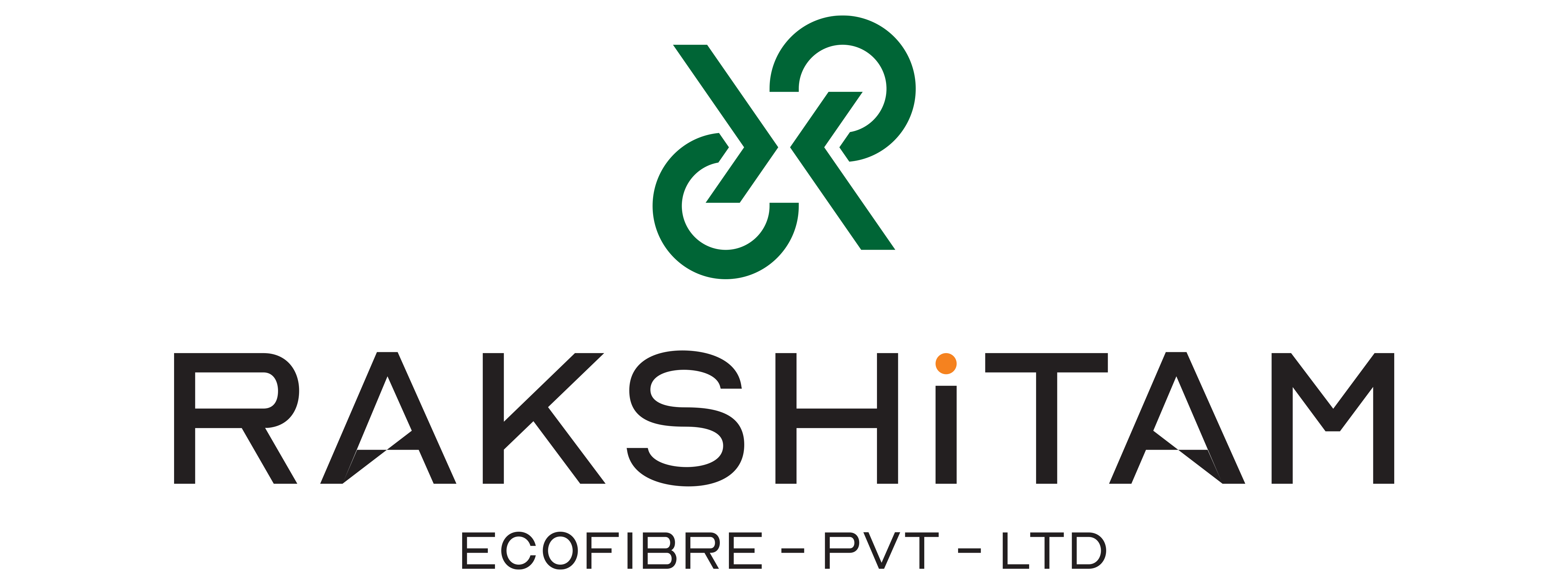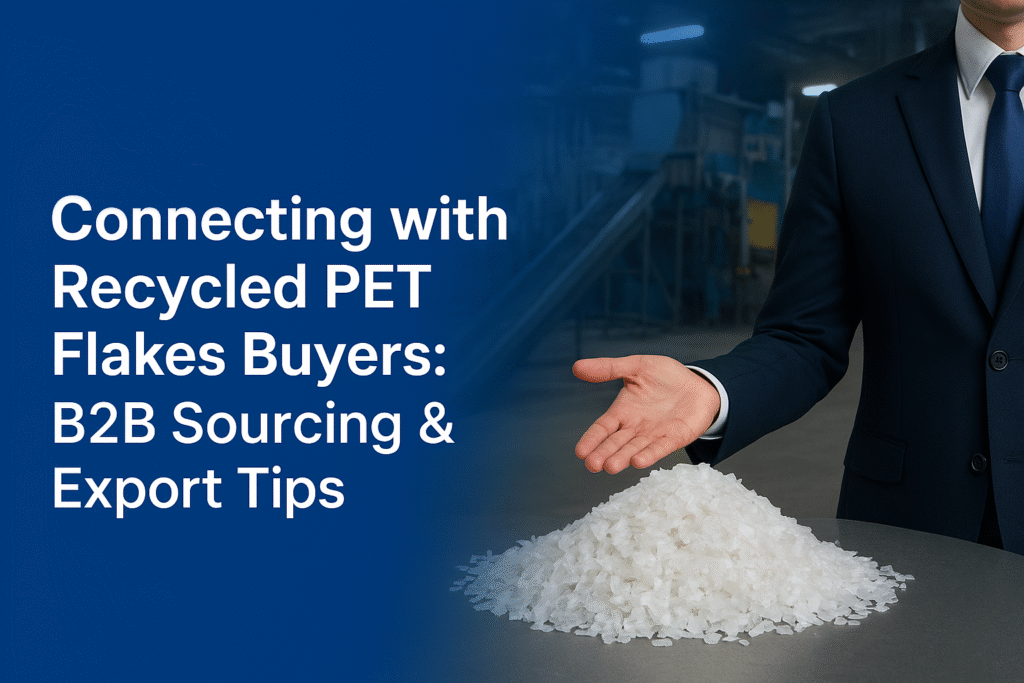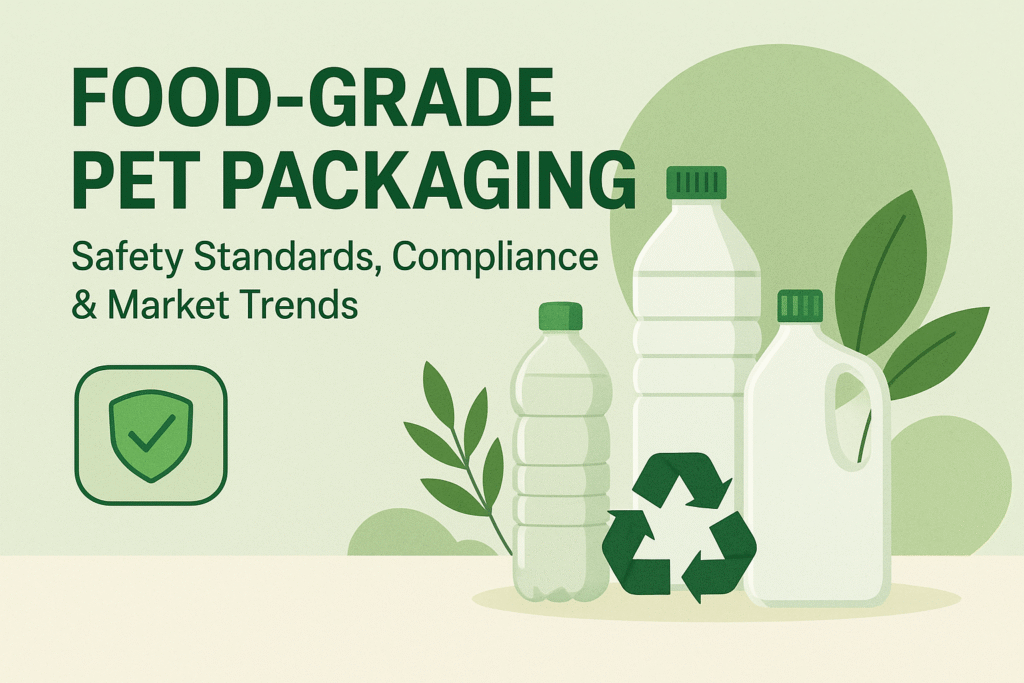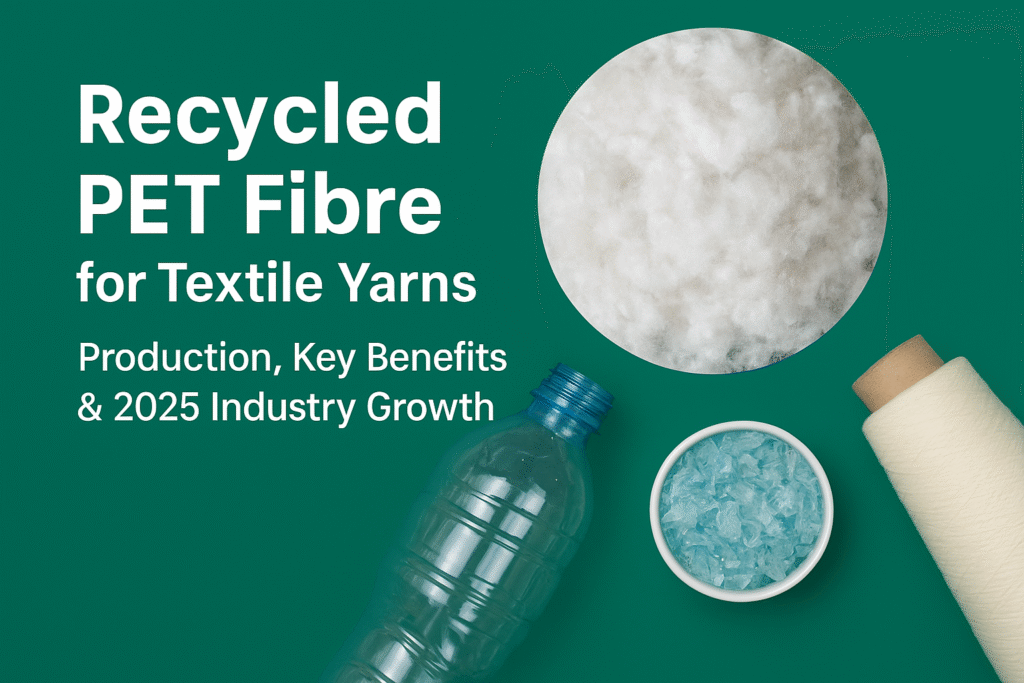Recycled Polyester Staple Fibre is more than a “greener” version of traditional fibers-it is an innovation material that changed the course for many industries. Coming from recycled plastic bottles and other post-consumer waste, RPSF integrates two seemingly opposing demands: environmental stewardship with great performance, offering a versatile solution for industries demanding performance, durability, and environmental stewardship. But how many can this single fiber really impact? Let’s take a look.
The Textile Industry:
Most affected is the textile sector. RPSF has already applied to building fabrics from clothing to home furnishings and industrial textiles. The beneficial properties include high tensile strength, durability, moisture resistance, and provides a suitable option for fast fashion as well as sustainably apparel brands. Hence, the use of RPSF means further pushing down the dependency on virgin polyester within the textile industry, in line with efforts being carried out to minimize carbon footprints across the world.
Automotive:
Although RPSF is used in the auto industry to make seat covers, carpets, and upholstery, its resilience and toughness enable it to be used in applications that experience heavy wear and tear. This is a green solution as the industry continues to focus on sustainability. If used to make vehicles, manufacturers cut down on waste but are still able to produce cars with less negative impacts on the environment.
Furniture :
RPSF can be very revolutionary in furniture and home decor. Because it is used in stuffing cushions, mattresses, and sofas, it gives comfort and robustness. Plus, the malleability with other material textures makes it pretty easily used as curtains, carpets, and rugs. Thus, RPSF is quickly becoming a newly preferred choice among the industry of home decor where sustainability has become a challenging factor, offering consumers the eco-friendly choice in their accommodation.
Building: Strength in Sustainability
The building industry employs RPSF as a fibre for reinforcement and as insulation. The Concrete and asphalt containing RPSF enhance the strength, reduce cracking propensity, and increase durability. RPSF is also used for soil stabilisation through geotextiles and for facilitating drainage while protecting soil from erosion. This kind of application proves that one fibre can make infrastructures more robust and more environment-friendly.
Packaging: A Circular Solution
In the wake of sustainability gaining emphasis within the packaging industry, RPSF stands out as a great material for sustainable packaging. This is applied to non-woven materials used to make a range of packing bags, covers, and other forms of packaging, which enable the effectiveness of a sustainable economy by eliminating virgin plastic dependence.
Sports and Outdoor Gear: Built to Perform
RPSF has strength and moisture-wicking properties, making it suitable for sportswear and outdoor products. This fiber ensures durability in jackets, activewear, backpacks, and tents. Its environmental credentials also appeal to the values of eco-conscious adventurers and athletes.
Agriculture: Growth
In agriculture, RPSF is applied in the manufacture of non-woven crops covers, weed control mats, and greenhouse linings in efforts aimed at improving agricultural productivity by reducing damage to the environment. This clearly shows how the fiber has a great impact in one of the largest industries in the country.
Also Read: Future Trends in Recycling What Should India Expect
The Big Picture: A Fibre of Boundless Possibility
One of the great versatility aspects of RPSF lies in its ability to undertake the unique demands of various industries and yet support sustainability. From textiles to automotive, agriculture, and construction, RPSF has proved that in one fibre lie revolutions for an industry.
Large-scale usage is not only something that goes to help the environment, but also brings innovation all around the globe. As companies embrace sustainability as increasingly significant, the role of RPSF will certainly thrive because it shows that this fiber is not just something manufactured-it’s a movement towards a greener future.
It is in an arena where great strides towards progress and good stewardship of the environment is always being pursued, that RPSF showcases the dynamism on how innovation leads to meaningful change, one fibre at a time.
